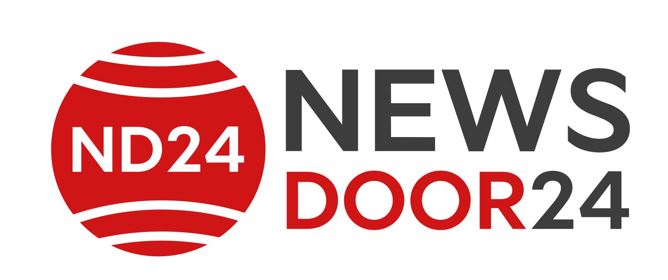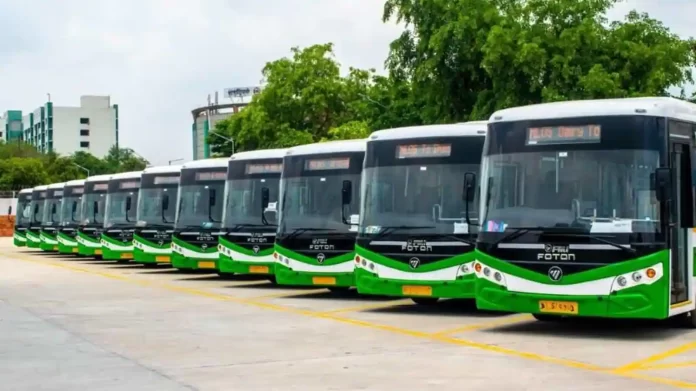The fact that policymakers and decision-makers in India are supporting electric buses is encouraging. This presents an excellent opportunity to upgrade India’s public bus system.
With India’s rapid progress in sustainability advocacy, the country has a fantastic chance to address climate change by focusing on essential sectors like public transportation. Electric buses (e-buses) are becoming a reliable option for India’s push toward a sustainable future thanks to the support they receive from travellers, governments, and industry. In the intra-city segment, electric buses are preferable to ICE buses, which typically utilise diesel fuel, and would benefit the average Indian commuter, state budgets, and the environment. That e-buses are being supported by policy & decision-makers throughout India is encouraging and presents a fantastic opportunity to update India’s public bus system.
Read More: Electric scooter Ola S1 Pro is now THIS much less expensive: Huge holiday savings are available.
An excellent prospect for eco-friendly, cutting-edge public transportation
To decarbonize public transportation and reduce reliance on fossil fuels, India must rapidly adopt e-buses. According to estimates, more than 10% of all diesel consumed in India is used by the buses currently plying India’s highways. In India, buses are the most popular and commonly used mode of transportation due to their low prices and accessibility. Most workers, students, and others rely on it to get to and from work every day.
Due to their significant contribution to pollution, these buses are a prime candidate for replacement with electric models. They are inexpensive to operate and require little in the way of routine maintenance. Cleaner, quieter streets are one benefit of electrifying the bus industry.
Furthermore, the energy needed to run an e-bus is far less than that of a conventional bus per kilometre travelled. Unlike their diesel counterparts, these buses don’t spew any harmful gases into the atmosphere, and they provide passengers with a peaceful, quiet, and relaxing trip. Recent polling of commuters who ride e-buses found that 78% of respondents favour e-buses over traditional buses due to the former’s reduced noise and the latter’s absence of vibrations.
Benefit for India: E-mobility expansion factors
India plans to meet 50% of its energy needs through renewable sources by 2030 and will have eliminated all emissions by 2070. With an emphasis on e-mobility, the government aims to increase EV sales to 30% of private vehicles, 70% of commercial vehicles, 40% of buses, and 80% of two- and three-wheelers by the year 2030. In line with these objectives, the Indian government is investing heavily in electric transportation through programmes like FAME and PLI, with promising outcomes thus far.
Moreover, now, the nation is increasing its electric vehicle (EV) and battery production capabilities, which will aid in localization and make inexpensive products suited to Indian needs. E-mobility will become more practical for consumers as technology allows for the production of devices with greater range for travelling greater distances.
By removing the obstacles that now exist
The Ministry of Housing and Urban Affairs has established standards stating that 60 buses per lakh of the population are needed in Indian metro areas. If these figures hold, the country has just about a fifth of the buses it needs to run, and another 1,45,000 buses would be needed to meet demand.
While STUs would benefit greatly from electric mobility, few have the expertise to build, operate, and maintain fleets of e-buses. E-bus financing is another issue preventing the widespread use of electric vehicles. To add insult to injury, STUs are hampered in their ability to make purchases because of a lack of resources and budgetary constraints. High capital investments are required in the e-bus ecosystem in addition to government subsidies to drive the transformation.
E-buses in India need support from a supportive industrial strategy to thrive as a domestic industry. While the e-bus market in India has the potential to generate substantial income and new jobs, the industry as a whole will need to work together to bring about a sea change in the way people experience public transportation.
Satish Jain, Chairman of PMI Electro Mobility, authored this piece. Opinions can only be that: opinions.







